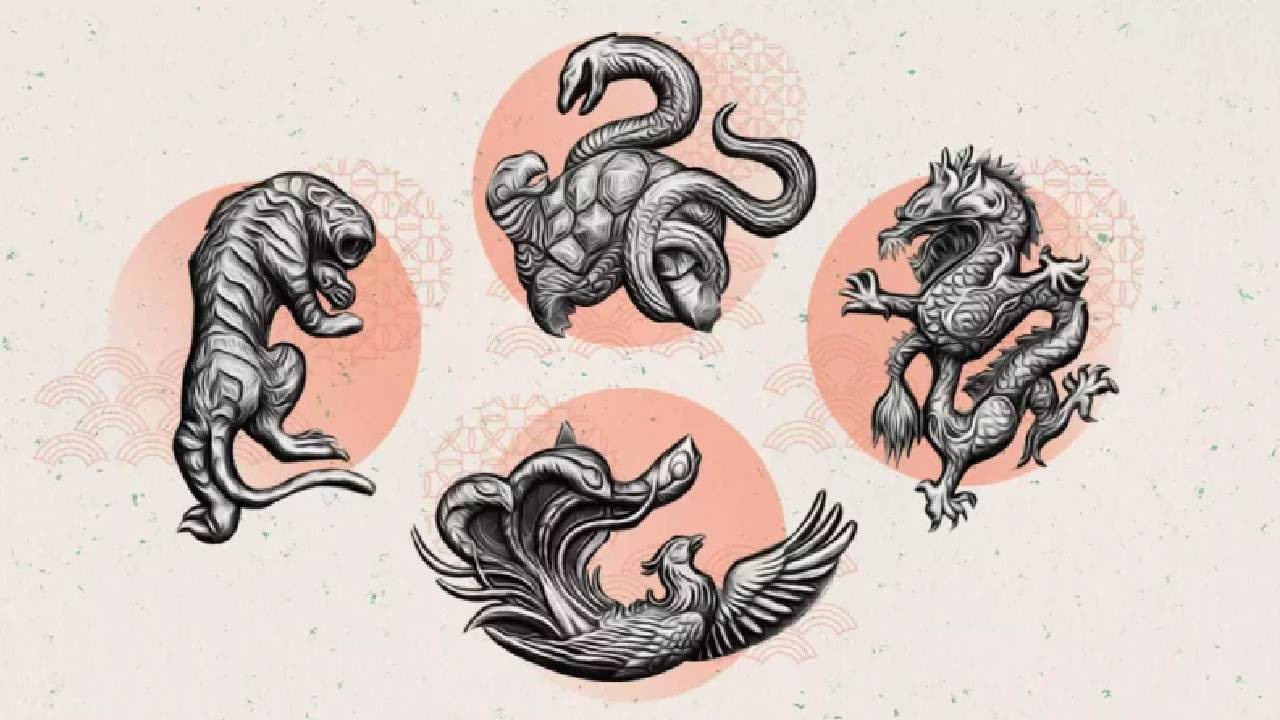Mythological Symbols: Understanding Their Significance and Influence
Mythological symbols have played a significant role in various cultures throughout history, serving as representations of deeper truths, beliefs, and values. These symbols are often found in myths, folklore, and religious texts, embodying the complexities of human experience and the natural world. In this article, we will explore some prominent mythological symbols, their meanings, and their impact on culture and art.
The Power of Mythological Symbols
Cultural Identity
Mythological symbols often serve as a foundation for cultural identity, allowing societies to express their unique beliefs, values, and traditions. These symbols can unify communities and create a sense of belonging among their members.Universal Themes
Many mythological symbols convey universal themes such as creation, transformation, death, and rebirth. They resonate with human experiences and emotions, making them timeless and relatable across different cultures and eras.Archetypes
Mythological symbols often embody archetypes—universal characters or themes that appear in various cultures. For example, the hero, the wise old man, and the trickster are common archetypes found in myths around the world.
Prominent Mythological Symbols and Their Meanings
The Tree of Life
Found in various cultures, including Norse and Celtic mythology, the Tree of Life symbolizes interconnectedness and the cycle of life, death, and rebirth. It represents growth, strength, and the link between heaven and earth.The Ouroboros
This ancient symbol depicts a serpent or dragon eating its tail, representing the cyclical nature of life and the concept of eternal return. It symbolizes unity, wholeness, and the idea that life is a continuous cycle of birth, death, and rebirth.The Phoenix
The Phoenix is a mythological bird that cyclically regenerates or is reborn from its ashes after dying. It symbolizes renewal, immortality, and the transformative power of fire. The Phoenix is a powerful emblem of hope and resilience in many cultures.The Labyrinth
Often associated with Greek mythology, the labyrinth symbolizes complexity and the journey of self-discovery. The most famous labyrinth, the one designed by Daedalus for King Minos, housed the Minotaur, representing the struggle between civilization and chaos.The Ankh
An ancient Egyptian symbol resembling a cross with a loop at the top, the Ankh represents life and immortality. It is often associated with the gods and the afterlife, symbolizing the eternal nature of the soul.The Yin and Yang
Originating from Chinese philosophy, the Yin and Yang symbol represents the duality of nature—light and dark, male and female, active and passive. It embodies the belief that opposites are interconnected and interdependent, forming a harmonious whole.The Sun and Moon
In various mythologies, the sun and moon symbolize duality and balance. The sun often represents masculinity, power, and vitality, while the moon represents femininity, intuition, and mystery. Together, they embody the interplay between light and darkness.The Trident
Associated with deities like Poseidon and Shiva, the trident symbolizes power, authority, and mastery over the seas and elements. It represents the three aspects of existence—creation, preservation, and destruction.
The Impact of Mythological Symbols in Art and Literature
Mythological symbols have significantly influenced art and literature throughout history. They serve as inspiration for countless works, from ancient sculptures and paintings to modern literature and film. Artists and writers often draw on these symbols to convey complex ideas, emotions, and themes.
Visual Arts
Mythological symbols have been depicted in various art forms, such as painting, sculpture, and pottery. Artists often use these symbols to convey moral lessons, explore human nature, and express cultural identity.Literature
Many literary works incorporate mythological symbols to deepen their narratives. Writers use these symbols to explore themes of heroism, sacrifice, and transformation, creating rich tapestries of meaning that resonate with readers.Modern Media
In contemporary culture, mythological symbols continue to be prevalent in movies, video games, and popular literature. They are often reinterpreted to reflect modern values and issues, allowing them to remain relevant in today’s society.
Conclusion
Mythological symbols serve as powerful representations of human experiences, cultural values, and universal themes. They provide insights into the beliefs and practices of different cultures, enriching our understanding of the world around us. By exploring these symbols, we can gain a deeper appreciation for the interconnectedness of human experience and the timeless stories that continue to shape our lives.
This article is for informational purposes only and does not constitute professional advice.


Hiç yorum yok: